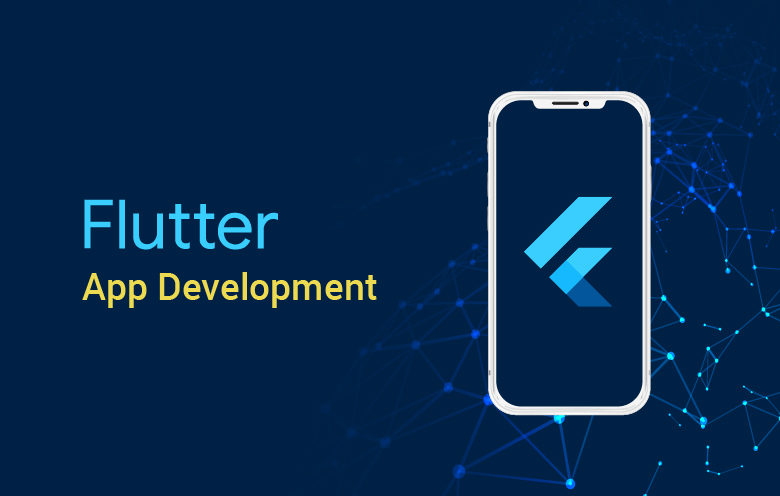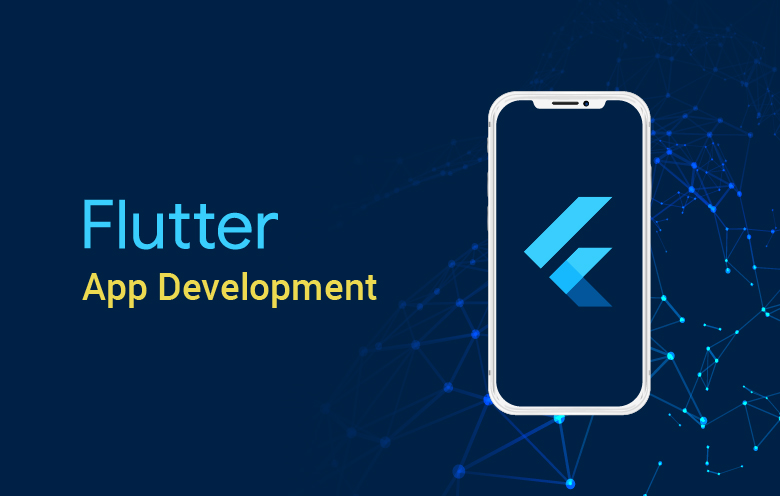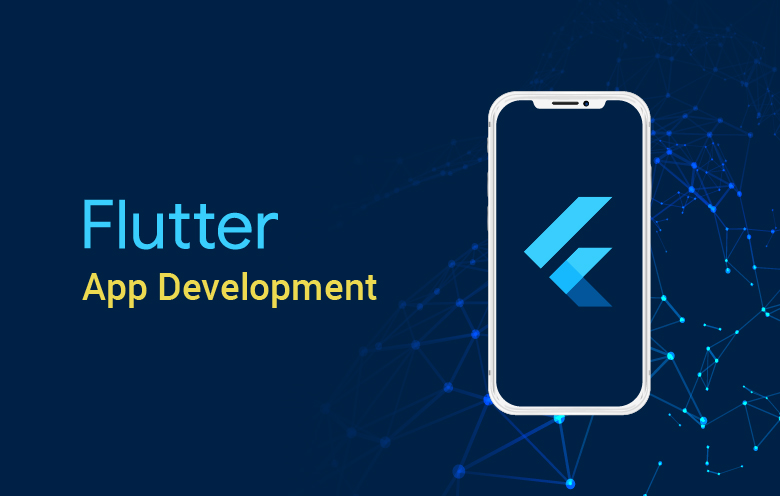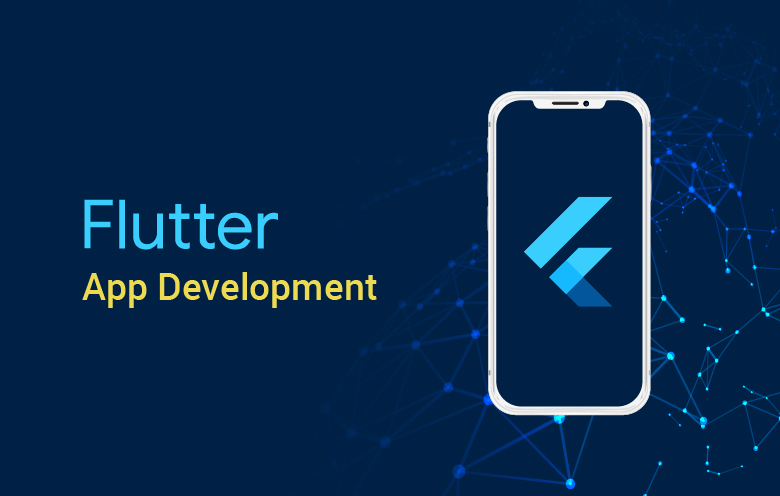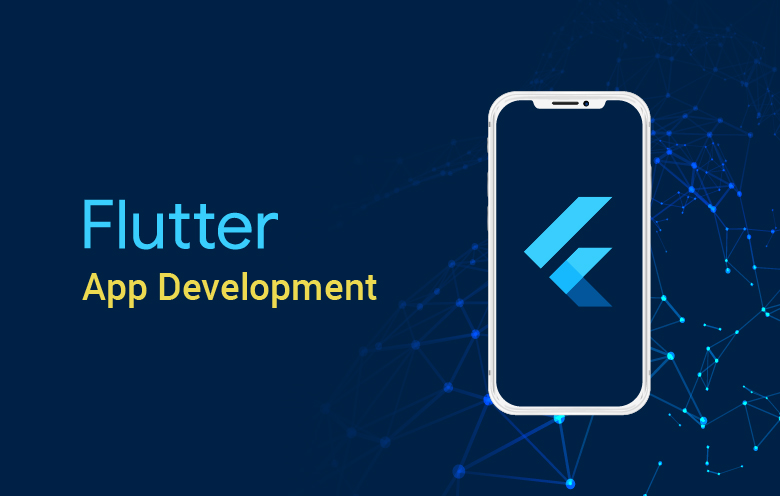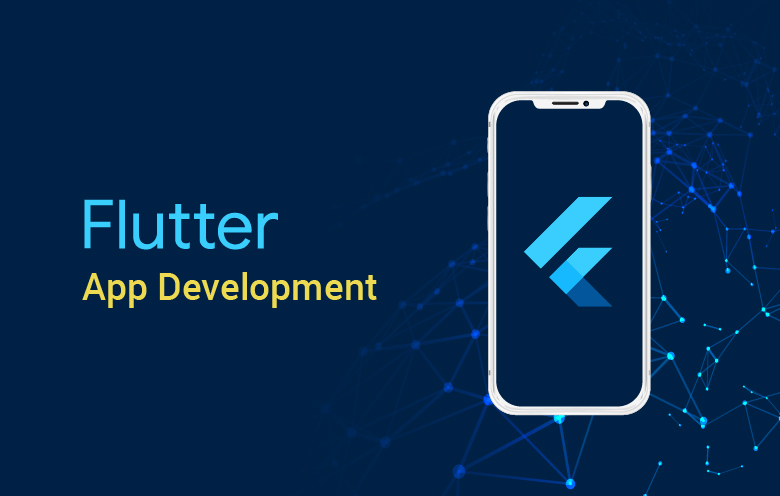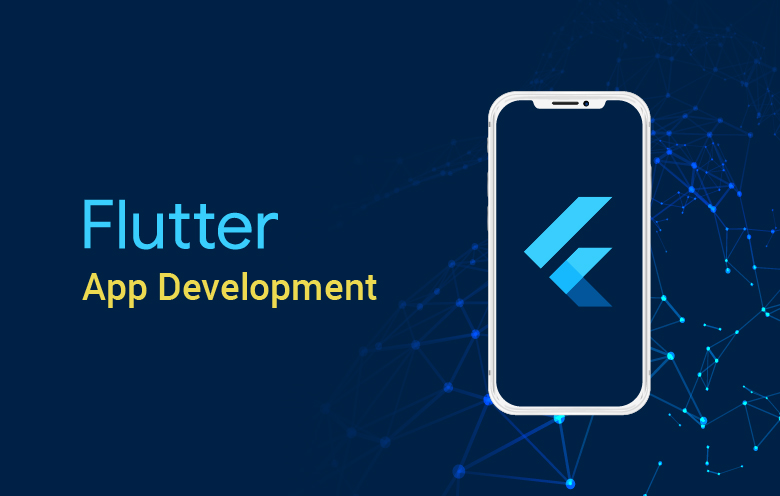Difference between Flutter and React native
Difference between Flutter and React native
In recent years, the demand for mobile apps, increasing to a very large extent so that the developers have searches fast framework to make the app. To make the app fast, many developers have started using a cross-platform app that gives many features to design e-commerce apps, interactive apps, and social apps.
In this section, we are going to compare React Native and Flutter that helps you to identify which framework is best for your app idea.
What is React Native?
React Native is an open-source JavaScript framework developed by Facebook. It is used for developing a real, native mobile application for both Android and iOS platforms. It is a JavaScript framework that builds upon the React library to create mobile apps with a single codebase. It uses native components rather than using web components as building blocks. It has a cross-platform feature, which allows you to write code once and can run on any platform. It saves your development time as it will enable you to build apps by using a single language JavaScript for both Android and iOS platforms.
Features of React Native
React Native provides many advantages for building mobile applications. Some of the essential features of React Native are given below:
Open-Source: React Native is free and open-source. It means anyone can use it easily.
Cross-Platform: It offers the facility to "Write once and run everywhere." It is used to create apps for Android, iOS, and Windows platforms.
UI Focussed: React Native is mainly focused on UI. It makes the app interface highly responsive.
Performance: The code written in React Native is compiled into native code, which enables it for all operating systems to provide closer native appearance and functions in the same way on all platforms.
Hot Reloading: Making a few changes in your app's code immediately visible during development. If the business logic is changed, its reflection is live reloaded on screen.
Support For Third-Party Libraries: React Native support many third-party libraries to make an app interactive.
Faster Development: React Native allows you to reuse the code which is already written. This feature helps you to develop apps fast. It uses a common language to build an app for Android, iOS, and Windows platforms, which gives speedier app deployment, delivery, and quicker time-to-market.
What is Flutter?
Flutter is a UI toolkit for creating fast, beautiful, natively compiled applications for mobile, web, and desktop. It builds the app with one programing language and a single codebase. It is free and open-source. It was initially developed by Google in May 2017 and now manages by an ECMA standard. Flutter is a mobile framework that uses Dart programming language for creating an app. The dart programming shares several same features as other programming languages, such as Kotlin and Swift, and can be trans-compiled into JavaScript code.
Flutter is mainly optimized for 2D mobile apps that can run on both Android and iOS platforms. We can also use it to build full-featured apps, including camera, storage, geolocation, network, third-party SDKs, and more.
Features of Flutter
Flutter gives easy and simple methods to start building beautiful mobile and desktop apps with a rich set of material design and widgets. Some of the essential features of Flutter are given below:
Open-Source: Flutter is a free and open-source framework for building mobile apps.
Cross-platform development: This feature allows Flutter to write the code once, maintain, and can run on different platforms. It saves the time, effort, and money of the developers.
Hot Reload: Whenever the developer makes changes in the code, then these changes can be seen instantaneously with Hot Reload. It means the changes immediately visible in the app itself. It is a very handy feature, which allows the developer to fix the bugs instantly.
Accessible Native Features: This feature allows the app development process easy and delightful through Flutter's native code, third-party integration, and platform APIs. Thus, we can easily access the SDKs on both platforms.
Minimal code: Flutter app is developed by Dart programming language, which uses JIT and AOT compilation to improve the overall start-up time, functioning and accelerates the performance. JIT enhances the development system and refreshes the UI without putting extra effort into building a new one.
Widgets: The Flutter framework offers widgets, which are capable of developing customizable specific designs. Most importantly, Flutter has two sets of widgets: Material Design and Cupertino widgets that help to provide a glitch-free experience on all platforms.
Let us understand the essential differences between Flutter and React Native with the following comparison chart.
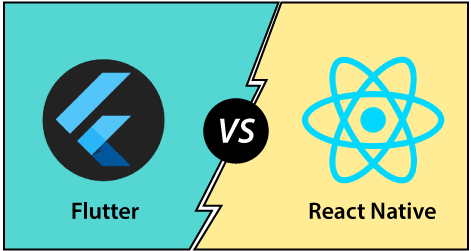
| Concept | Flutter | React Native |
|---|---|---|
| Develop By | It is first introduced by Google. | It is first introduced by Facebook. |
| Release | May 2017 | June 2015 |
| Programming Language | It uses Dart language to create a mobile app. | It uses JavaScript to create mobile apps. |
| Architecture | Flutter uses Business Logic Component (BLoC) architecture. | React Native uses Flux and Redux architecture. Flux created by Facebook, whereas Redux is the preferred choice among the community. |
| User Interface | It uses custom widgets to build the UI of the app. | It uses native UI controllers to create UI of the app. |
| Documentation | Flutter documentation is good, organize, and more informative. We can get everything that we want to be written in one place. | React native documentation is user-friendly but disorganized. |
| Performance | The performance of the Flutter application is fast. Flutter compiles the application by using the arm C/C++ library that makes it closer to machine code and gives the app a better native performance. | The performance of the React Native app is slow in comparison to the Flutter app. Here, sometimes developers face issues while running the hybrid application architecture. |
| Testing | Flutter provides a very rich set of testing features. This feature allows the developer to perform unit testing, integration testing, and widget testing. | React Native uses third-party tools that are available for testing the app. |
| Community Support | It has less community support as compared to React Native. | It has very strong community support where the questions and issues can be solved quickly. |
| Hot Reload | Supported | Supported |
| Popularity | 81200 stars on GitHub (December 2019) | 83200 stars on GitHub (December 2019) |
| Latest Version | Flutter-v1.12.13 | React Native-v0.61.0 |
| Industry Adoption | Google Ads Hamilton Reflectly Xianyu | Facebook Skype |
